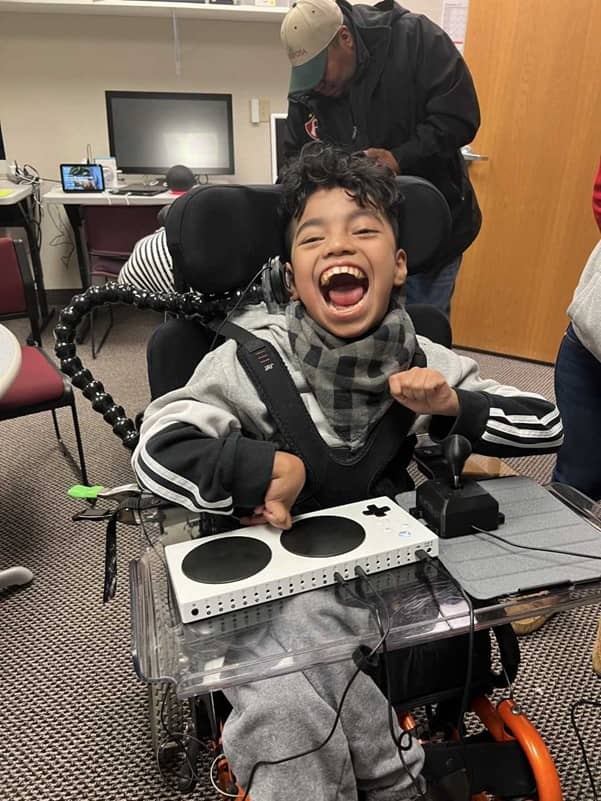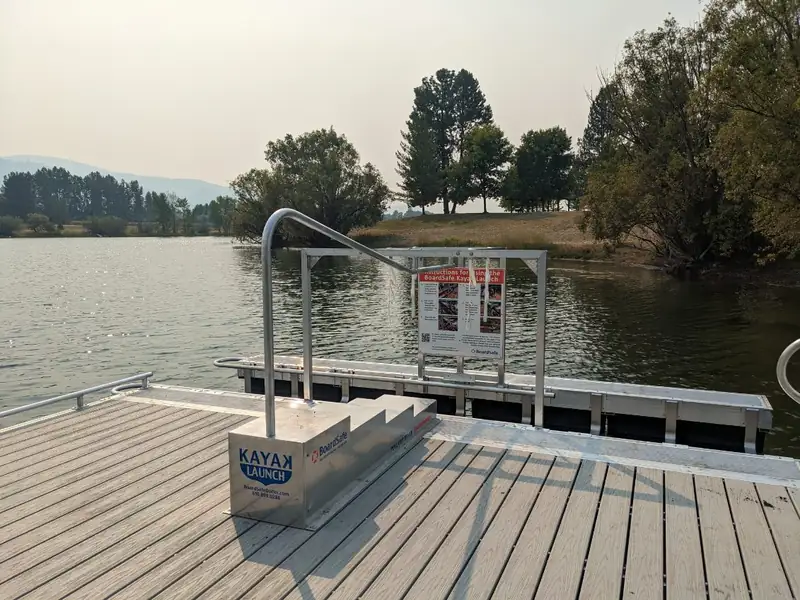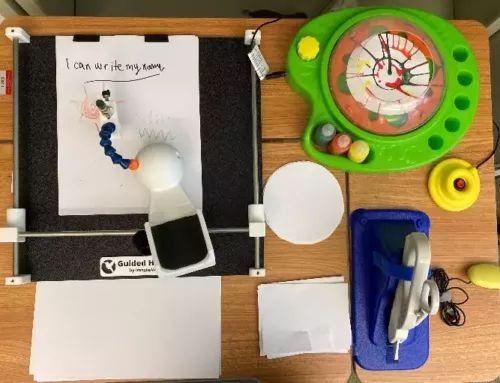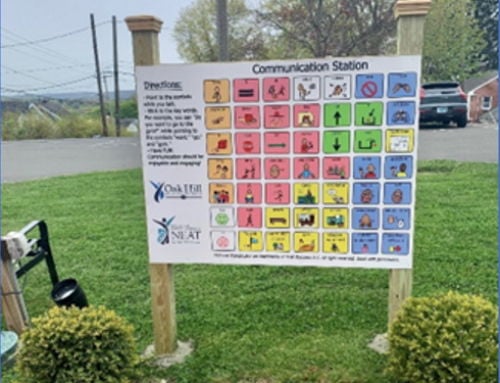Puerto Rico’s Low-Cost Assistive Technology (AT) Development: Redirecting Local Talents for Social Innovation
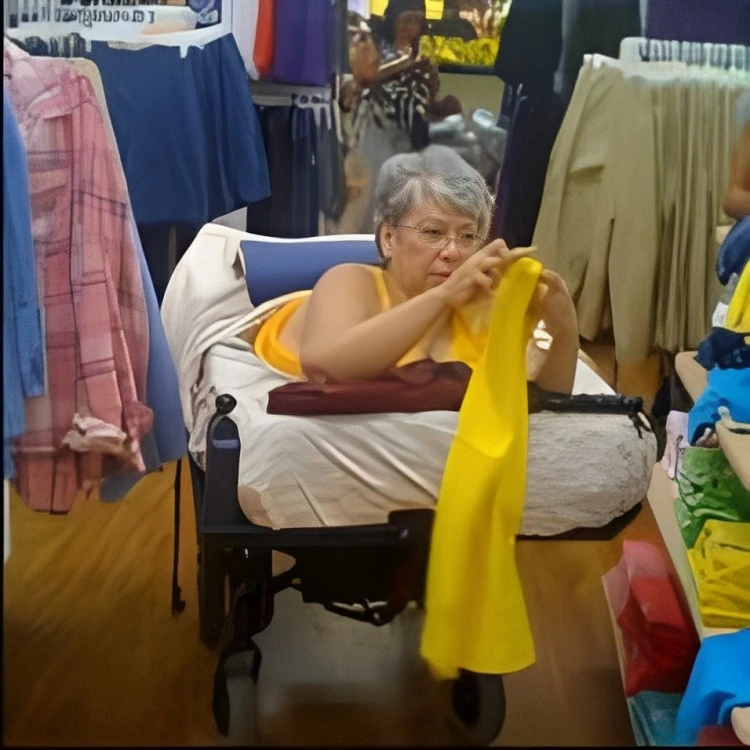
A guest blog from: María M. Hernández Maldonado, Director of Puerto Rico’s Assistive Technology Program (View Spanish Version)
The Puerto Rico Assistive Technology Program (PRATP) developed the Low-Cost Device Design and Development (LD3) program as a state financing activity to allow consumers to obtain the technology they need at a reduced cost. The LD3 program designs and develops low-cost devices that mimic AT solutions on the market and provides installation, configuration, and training for the end user. The user pays only for the materials needed for the construction of the device.
Most of the needs to be addressed through the LD3 program come from daily direct services provided by PRATP’s AT specialists to individuals with disabilities and their families. In other cases, LD3 receives referrals of technology needs from consumers, family members, local AT evaluation centers, and health-related professionals statewide. A consumer’s device request qualifies for LD3 program assistance if it falls under one or more of the following scenarios:
- The desired AT device does not exist on the market: In this case, PRATP works with the consumer to fabricate an AT device to satisfy his/her particular needs (i.e., switch controlled cupcake frosting workstation for a young quadriplegic entrepreneur).
- The AT device exists, but it must be modified to make it usable by the consumer (i.e., low-cost chin control joystick for a foldable power wheelchair).
- The AT device exists, but it is too expensive to be obtained otherwise. In this case, the adaptation targets the functionality of the original device but with a different design, therefore preventing intellectual property issues (i.e., adapt a $45 mouth-controlled joystick with sip-n-puff switches to provide the functionality of similar products available in the AT market for $1,500 and over).
As the scope of the devices requested grew, PRATP developed university partnerships for the LD3 program to lead design teams of mechanical, electrical, and computer engineering students and faculty at local universities for the development of complex technologies that are beyond the design and manufacturing capabilities of the program. To create the university partnerships, PRATP worked in direct collaboration with faculty in charge of existing engineering design courses and Capstone projects at the University of Puerto Rico (UPR). Prior to PRATP’s involvement, faculty members were using Capstone and engineering courses for researching and designing technologies in response to design competitions (i.e., BattleBots and solar race cars). Most of these projects were never actually constructed. PRATP worked with faculty and students to redirect their efforts to an applied research and development track focused on AT for people with disabilities, projects that are constructed and have real-life impact.
PRATP introduces engineering students and faculty to the areas of Assistive Technology (AT) and Rehabilitation Engineering (RE) at the beginning of each Capstone course. After the introduction, 10 to 15 AT development projects are presented and discussed, so that students can form groups (3-4 participants) and select, along with the course’s professor, the projects they will work on. The groups then elaborate the Product Development Specifications (PDS) for each project prior to the actual design phase. For each project, 35 to 75 alternative designs are generated, evaluated, and narrowed down to the best 15, the best 3, and the design that will actually be built. The functional prototype is fully tested, optimized, and developed into its final version. Devices are again evaluated by both the LD3 program and the Capstone professor to determine if they are ready to be delivered to the user. If not deemed “ready for implementation,” the design goes to a second Capstone round to be optimized or to consider a whole new design. Throughout this design and development process, the LD3 program integrates the user with disabilities and their families as the experts for the Capstone groups to consult and to put ideas to the test.
Examples of some adapted devices built by the partnership between the LD3 program and the UPR engineering department are:
- Custom power mobility device for a 60-year-old woman who, due to her disability, had spent the last 15 years of her life in her room, lying face down on her bed.
- Custom hand-powered ride-on vehicle for 13-year-old with spina bifida.
- Swing-away professional camera mount support system for a 36-year-old professional photographer. Due to his physical disabilities and small body size, the bulk and weight of the equipment was too much for him to handle. The device holds the camera and lenses, providing easy access to its controls and allowing him to rotate, tilt, and angle the camera effortlessly.
The partnership between the LD3 Program and the UPR Engineering department has resulted in hundreds of devices designed and built, six technology patents granted by the USPTO and many Puerto Ricans with disabilities having access to AT devices that they could not otherwise acquire. Redirecting local talents towards social innovation has indeed helped the Puerto Rico AT program address the needs of underserved individuals with disabilities throughout the Island.
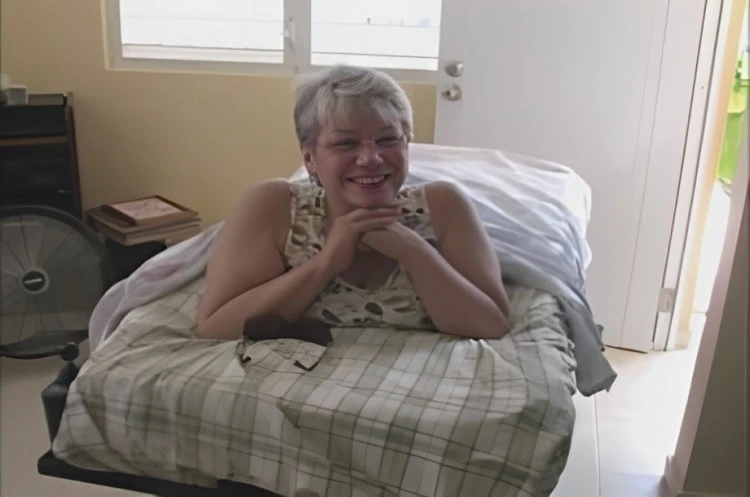

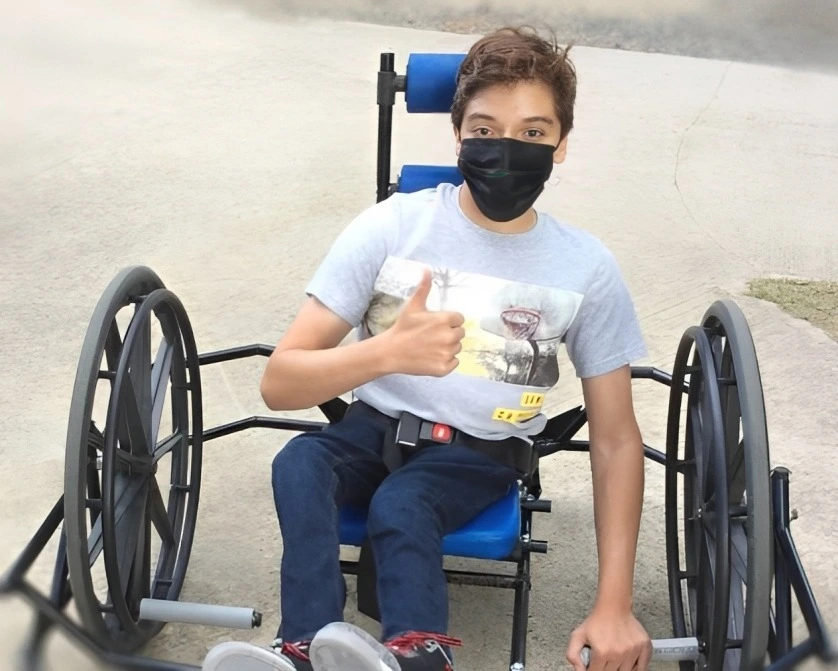
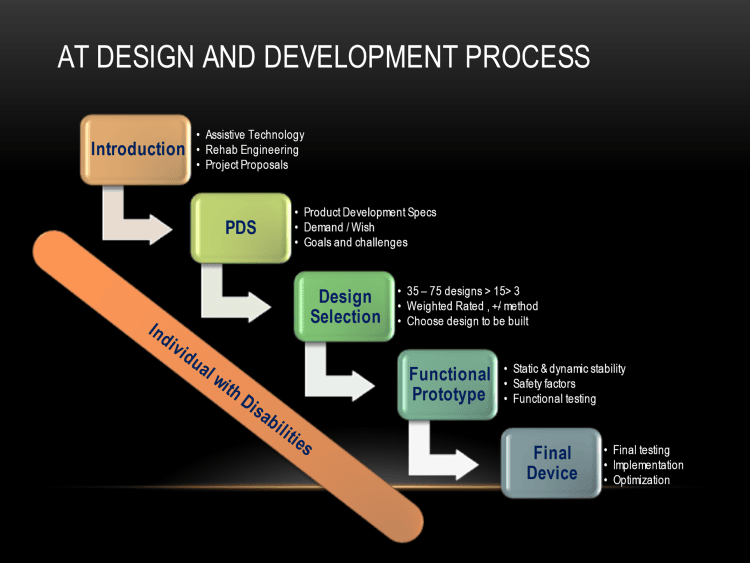
Monthly Blog Digest
Search the blog
State AT Program Blogs
California
Florida
Indiana
Kentucky
Louisiana
Maryland
Massachusetts
Michigan
Montana
North Carolina
North Dakota
Utah
State AT Program Blogs
The AT3 Center, the Association of AT Act Programs (ATAP), and the Administration on Community Living (ACL) make no endorsement, representation, or warranty expressed or implied for any product, device, or information set forth in this blog. The AT3 Center, ATAP, and ACL have not examined, reviewed, or tested any product or device hereto referred.

